
Studies the neural mechanisms underlying decision-making and learning. Dopamine.
www.biorxiv.org/content/10.1...
How do #dopamine neurons perform the key calculations in reinforcement #learning?
Read on to find out more! 🧵
www.biorxiv.org/content/10.1...
How do #dopamine neurons perform the key calculations in reinforcement #learning?
Read on to find out more! 🧵
TL;DR: asymmetric learning rates can be induced by shifts in tonic dopamine giving rise to pessimistic/optimistic biases in agents or animals undergoing reinforcement learning .

TL;DR: asymmetric learning rates can be induced by shifts in tonic dopamine giving rise to pessimistic/optimistic biases in agents or animals undergoing reinforcement learning .
www.cell.com/neuron/fullt...
This project was co-led by Michael Bukwich (not on Bluesky) and me, with major contributions from all co-authors. Huge thanks to the whole team!
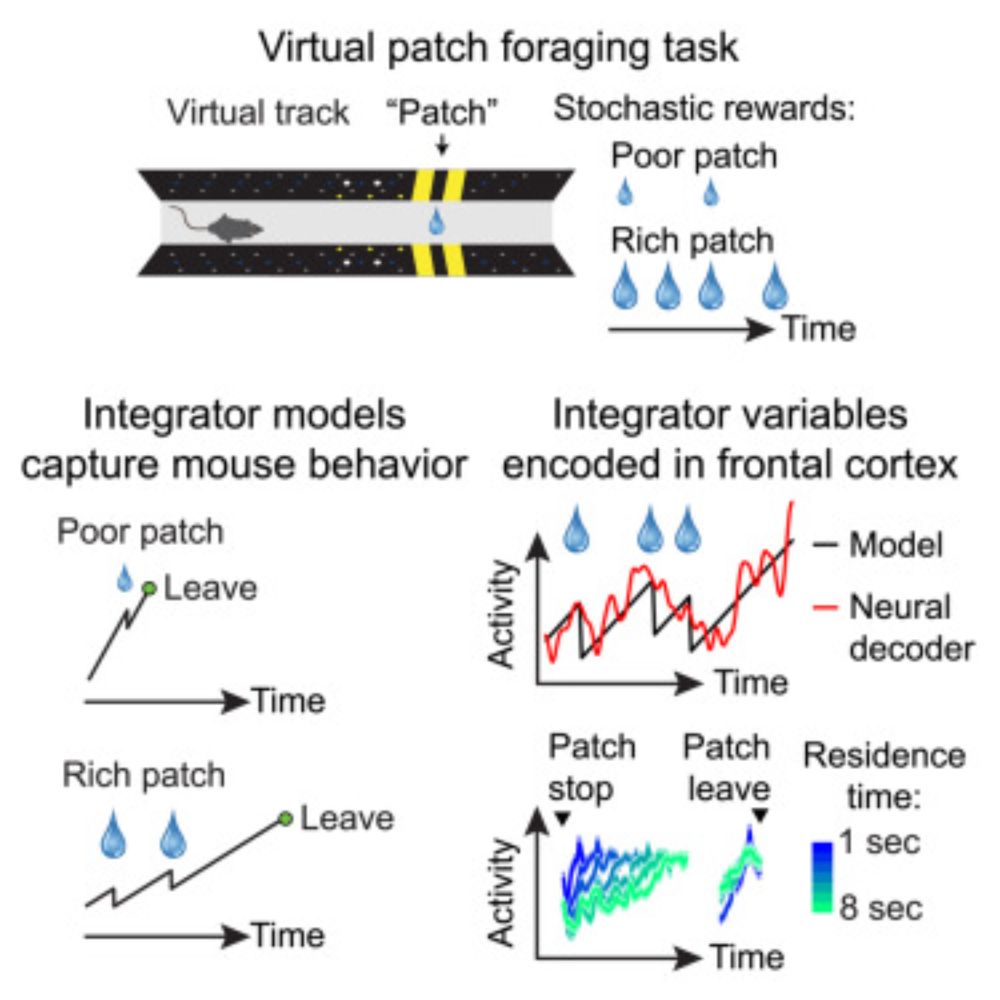
www.cell.com/neuron/fullt...
This project was co-led by Michael Bukwich (not on Bluesky) and me, with major contributions from all co-authors. Huge thanks to the whole team!
www.kyotoprize.org/en/laureates...
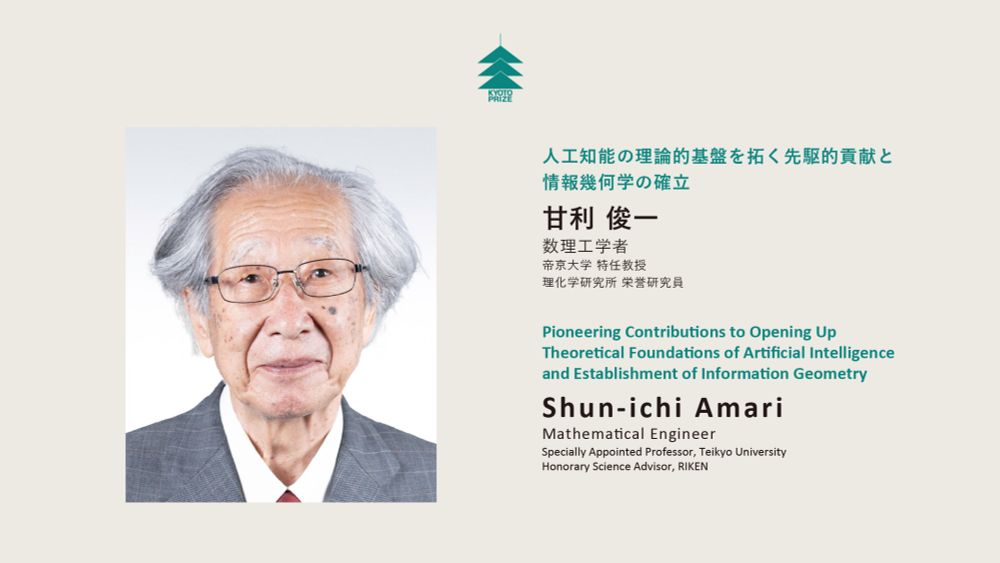
www.kyotoprize.org/en/laureates...
www.nature.com/articles/s41...

www.nature.com/articles/s41...
publicusaresearchbenefits.com
please share and re-share so we get more great stories in there!
publicusaresearchbenefits.com
please share and re-share so we get more great stories in there!
bit.ly/KempnerDUNL
#AI #neuroscience #neuroskyence #ML
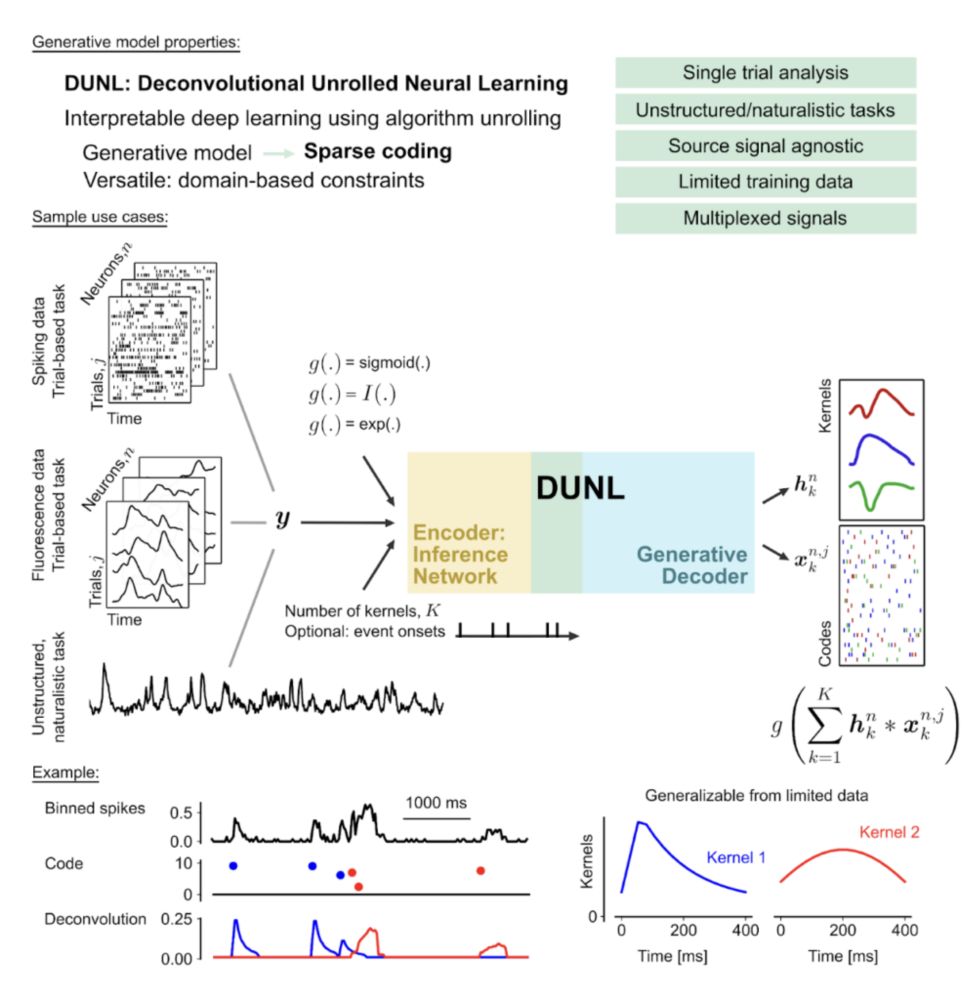
bit.ly/KempnerDUNL
#AI #neuroscience #neuroskyence #ML
www.mcb.harvard.edu/department/n... @dcardozopinto.bsky.social @naoshigeuchida.bsky.social @rachellegaudet.bsky.social @dulaclab.bsky.social @harvardoeb.bsky.social

www.mcb.harvard.edu/department/n... @dcardozopinto.bsky.social @naoshigeuchida.bsky.social @rachellegaudet.bsky.social @dulaclab.bsky.social @harvardoeb.bsky.social
rdcu.be/ed1na
(1/12)

rdcu.be/ed1na
www.mcb.harvard.edu/department/n... @saramatias.bsky.social @naoshigeuchida.bsky.social @neurovenki.bsky.social @harvardbrainsci.bsky.social @natureneuro.bsky.social @rachellegaudet.bsky.social

www.mcb.harvard.edu/department/n... @saramatias.bsky.social @naoshigeuchida.bsky.social @neurovenki.bsky.social @harvardbrainsci.bsky.social @natureneuro.bsky.social @rachellegaudet.bsky.social
Excited to share our work in collaboration with @saramatias.bsky.social, Hao Wu, Simona Temereanca, @naoshigeuchida.bsky.social, @neurovenki.bsky.social, @paulmasset.bsky.social, and Demba Ba @harvard.edu 1/21

Excited to share our work in collaboration with @saramatias.bsky.social, Hao Wu, Simona Temereanca, @naoshigeuchida.bsky.social, @neurovenki.bsky.social, @paulmasset.bsky.social, and Demba Ba @harvard.edu 1/21
"Interpretable deep learning for deconvolutional analysis of neural signals"
authors.elsevier.com/c/1klDA3BtfH...
www.mcb.harvard.edu/department/n... @naoshigeuchida.bsky.social @saramatias.bsky.social @neurovenki.bsky.social @btolooshams.bsky.social @kempnerinstitute.bsky.social @harvardbrainsci.bsky.social

"Interpretable deep learning for deconvolutional analysis of neural signals"
authors.elsevier.com/c/1klDA3BtfH...
www.mcb.harvard.edu/department/n... @naoshigeuchida.bsky.social @saramatias.bsky.social @neurovenki.bsky.social @btolooshams.bsky.social @kempnerinstitute.bsky.social @harvardbrainsci.bsky.social

www.mcb.harvard.edu/department/n... @naoshigeuchida.bsky.social @saramatias.bsky.social @neurovenki.bsky.social @btolooshams.bsky.social @kempnerinstitute.bsky.social @harvardbrainsci.bsky.social

www.nature.com/articles/s41...

www.nature.com/articles/s41...
www.nature.com/articles/s41...
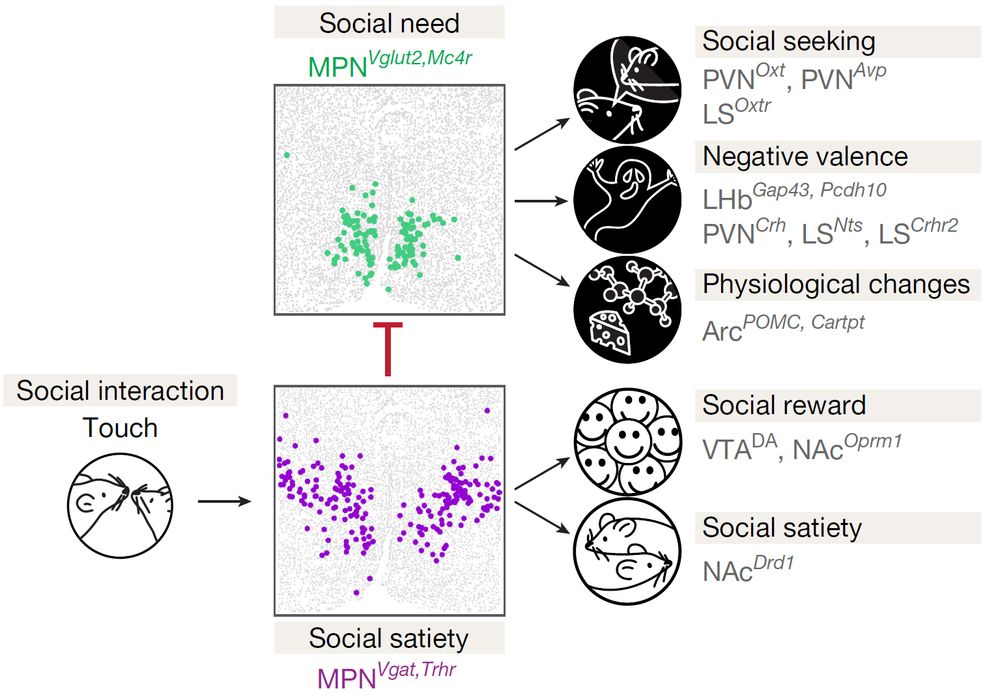
www.nature.com/articles/s41...
🧠🧪🤖💡 #Science #Neuron
www.mcb.harvard.edu/department/n...
@dingliu.bsky.social @blogeman.bsky.social @dulaclab.bsky.social @naoshigeuchida.bsky.social @harvardbrainsci.bsky.social @neurovenki.bsky.social @rachellegaudet.bsky.social
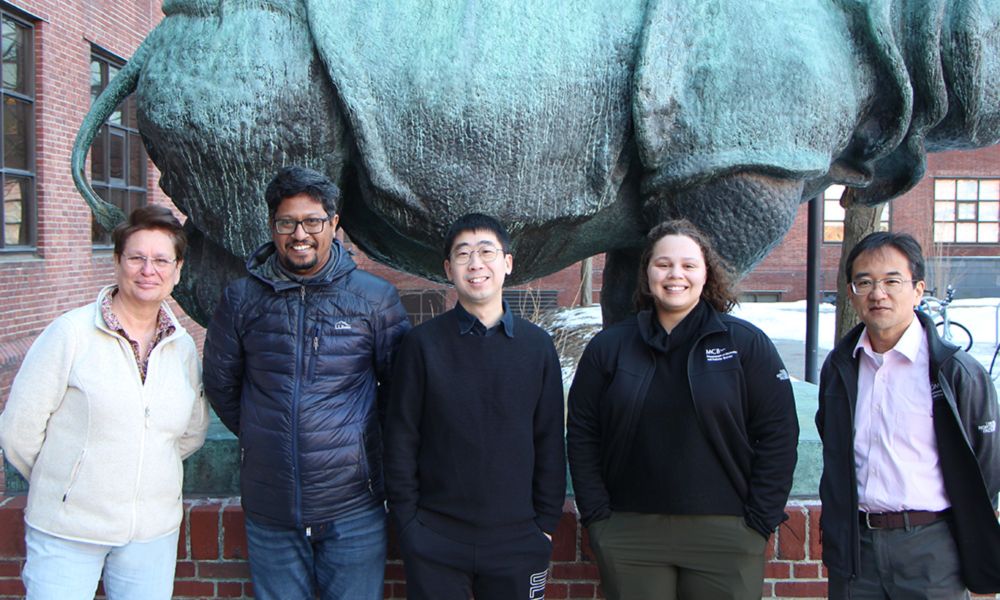
🧠🧪🤖💡 #Science #Neuron
www.mcb.harvard.edu/department/n...
@dingliu.bsky.social @blogeman.bsky.social @dulaclab.bsky.social @naoshigeuchida.bsky.social @harvardbrainsci.bsky.social @neurovenki.bsky.social @rachellegaudet.bsky.social
rdcu.be/ebo63

rdcu.be/ebo63
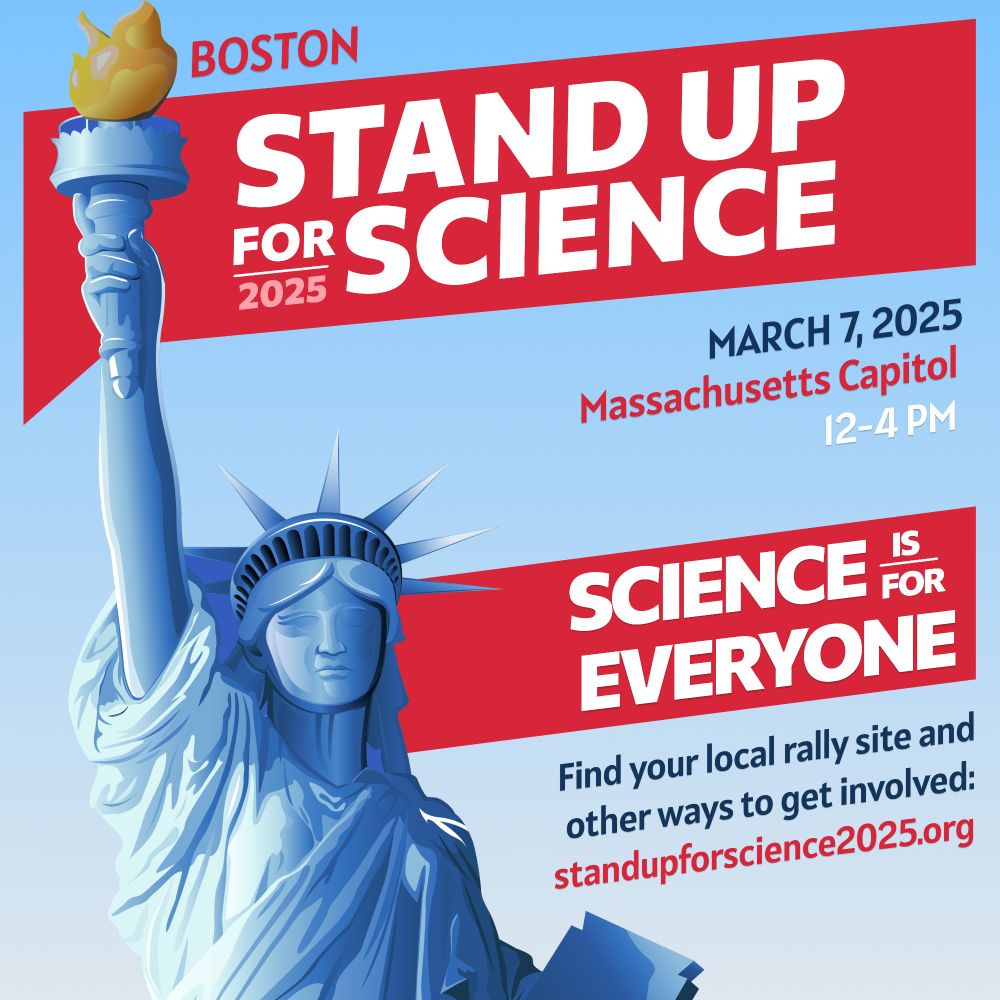
1/3

1/3


Apply by: February 16th!
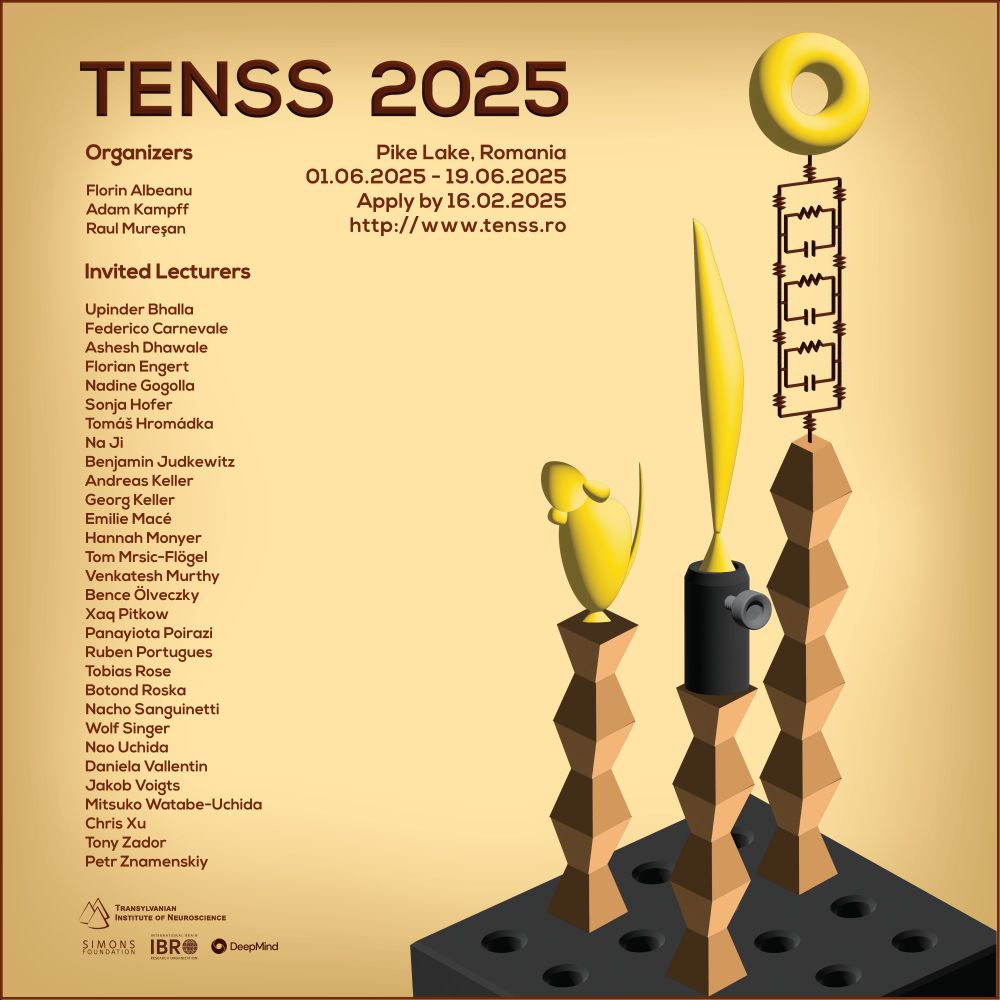
Apply by: February 16th!
elifesciences.org/reviewed-pre...
They diagnose a fundamental problem with existing models of striatal plasticity, show how to fix it, and then reanalyze data from recordings of striatal projection neurons to support the model.
elifesciences.org/reviewed-pre...
They diagnose a fundamental problem with existing models of striatal plasticity, show how to fix it, and then reanalyze data from recordings of striatal projection neurons to support the model.

